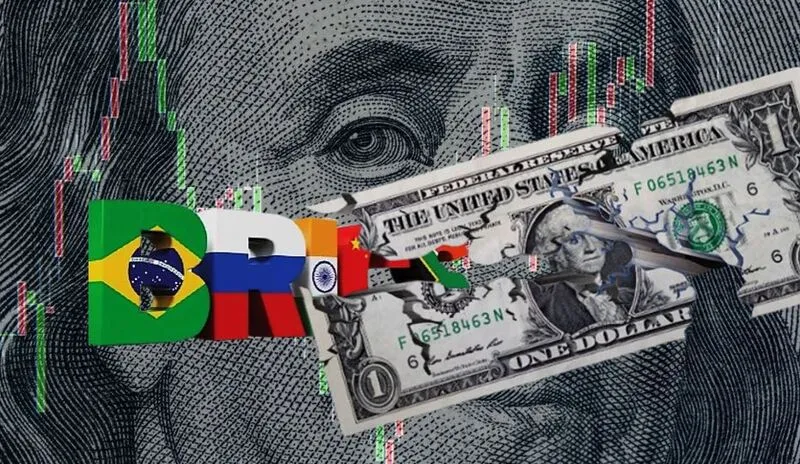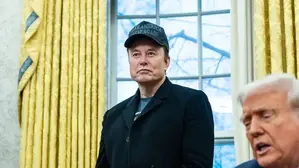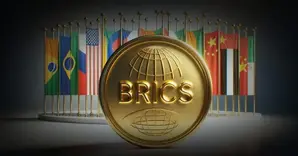India’s stance on BRICS de-dollarization has been getting a lot of attention lately, and Indian officials have now confirmed that member nations are actively exploring alternatives to the US dollar for international trade. Indian authorities actually stated that talks on mutual trade settlements using national currencies are underway right now, along with interoperable payment systems being considered to connect BRICS markets.
Discussions about a possible BRICS currency remain unabated despite President Trump warning additional 10 percent tariffs on nations that undermine the dollar. India is cautiously welcoming the de-dollarization trend but they, too, are turning away the idea of a common currency, and Trump takes aim at BRICS in his tariff and trade threats, raising tensions over its role in BRICS.
Also Read: De-Dollarization: Full List of Countries Dropping the US Dollar & Key Reasons
India Confirms BRICS Talks On Currency Shift Amid US Pressure
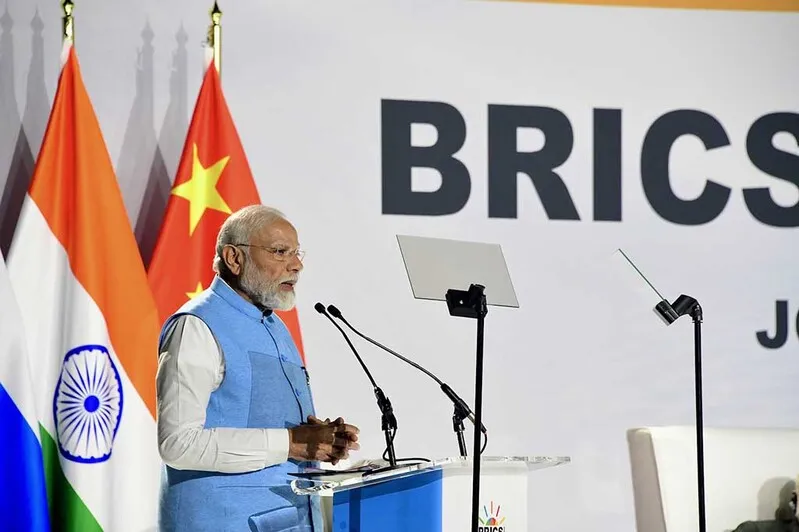
Official Confirmation of Currency Alternatives
At a recent media briefing, Ministry of External Affairs spokesperson Randhir Jaiswal was asked about India’s BRICS de-dollarization efforts and he clarified the nation’s position on these discussions.
Jaiswal stated:
“We had a highly successful Brics summit…In the joint statement, there are several aspects that have been fleshed out that strengthen the Brics platform.”
He also made it clear what the scope of these discussions actually involves:
“De-dollarisation is not something which is on the agenda. Cross-border payments, yes, Brics have talked about local currencies, but de-dollarisation is not something that is there on the agenda.”
This confirmation came as BRICS nations are exploring the BRICS currency framework while they’re also trying to maintain diplomatic balance with Western powers. The discussions have been ongoing for some time now, and they seem to be gaining momentum despite external pressures.
Trump Administration’s Economic Pressure
The current administration has actually escalated threats against nations pursuing the de-dollarization movement quite significantly. Trump previously warned BRICS countries that they would face severe economic consequences if they attempt to replace the US dollar in international transactions.
Trump’s BRICS tariffs threats emerged right after Russian President Vladimir Putin proposed creating a new BRICS investment platform at a recent summit. Trump’s warnings included increased tariffs on countries supporting what he termed “Anti-American policies of BRICS,” and member nations take these threats seriously.
India’s Strategic Position on Currency Reform
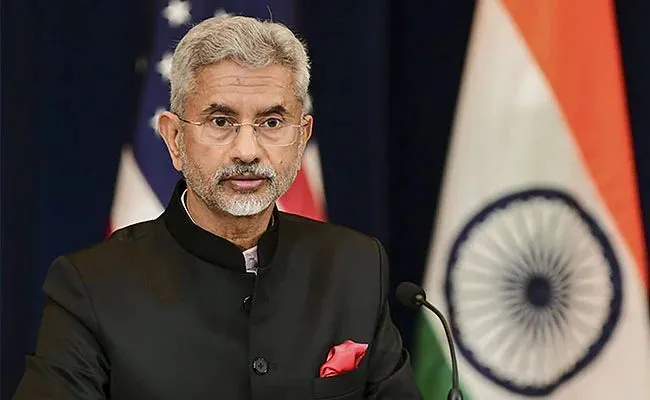
Foreign Minister S. Jaishankar has been maintaining India’s cautious approach to BRICS de-dollarization initiatives, and his position reflects broader concerns about economic stability.
Jaishankar stated:
“India has never been for de-dollarization, right now, there is no proposal to have a BRICS currency.”
India has actually experimented with rupee settlement mechanisms, particularly for trade with sanctioned countries like Russia. However, currency stability remains a major concern as the rupee has weakened from 73 to 85 against the dollar over the past five years, which creates exchange rate risks.
Economic Dependencies Shape Currency Policy Decisions
The long-term development aspirations of the country depend on Western technology and investment and as such, total decoupling of the dollar-dominated systems by the country is currently an economically risky undertaking. India too fears that the Chinese influence will increase in case BRICS currency system comes up as China is already more powerful in a New development bank and its influence is skyrocketing through yuan settlements.
The dollar makes about 54 percent of international trade calls and other currencies are not that stable, which makes general use impossible. However, over 50 nations now use yuan, rupee, ruble, not US dollars in trade.
The stance of India on the de-dollarization movement represents this fact as being supportive of a slow process of diversifying the monetary convention instead of the revolution of its monetary system. India’s position to the debate surrounding Trump’s BRICS tariffs demonstrates how difficult the shift between resisting the monetary hegemony of the US and the stability of the economy-reliant relationship structures are.
Also Read: China Dumps $8.2B US Treasuries in BRICS Payback, Sells $900M Again
The foreign policy of the country in the BRICS setting underlines its orientation on practical collaboration rather than revolutionary change, which guarantees the further enhancement of Western capital and technology and the simultaneous promotion of multilateral financing projects that can make the dependence on the dollar less observable in the long-term framework.
